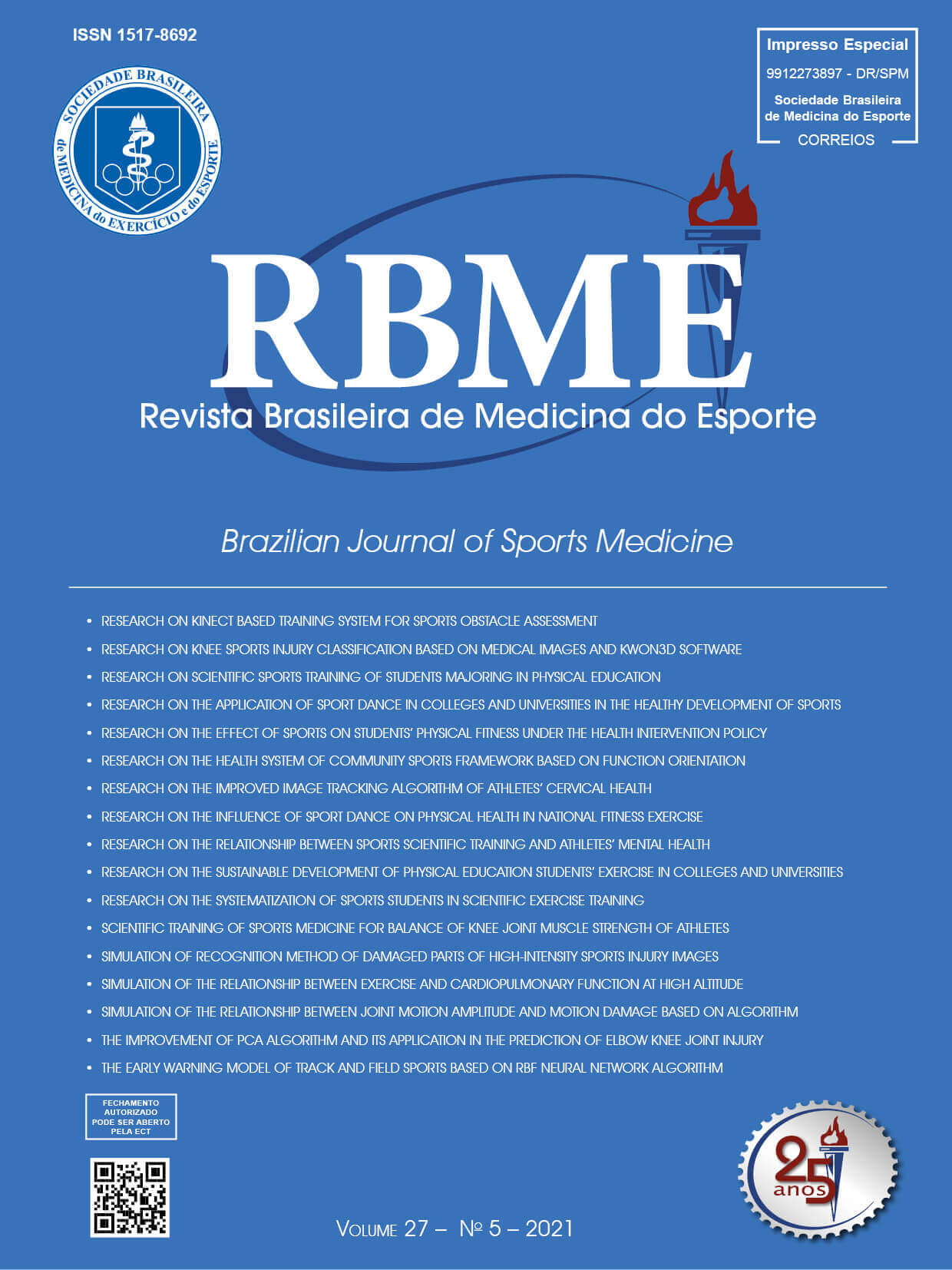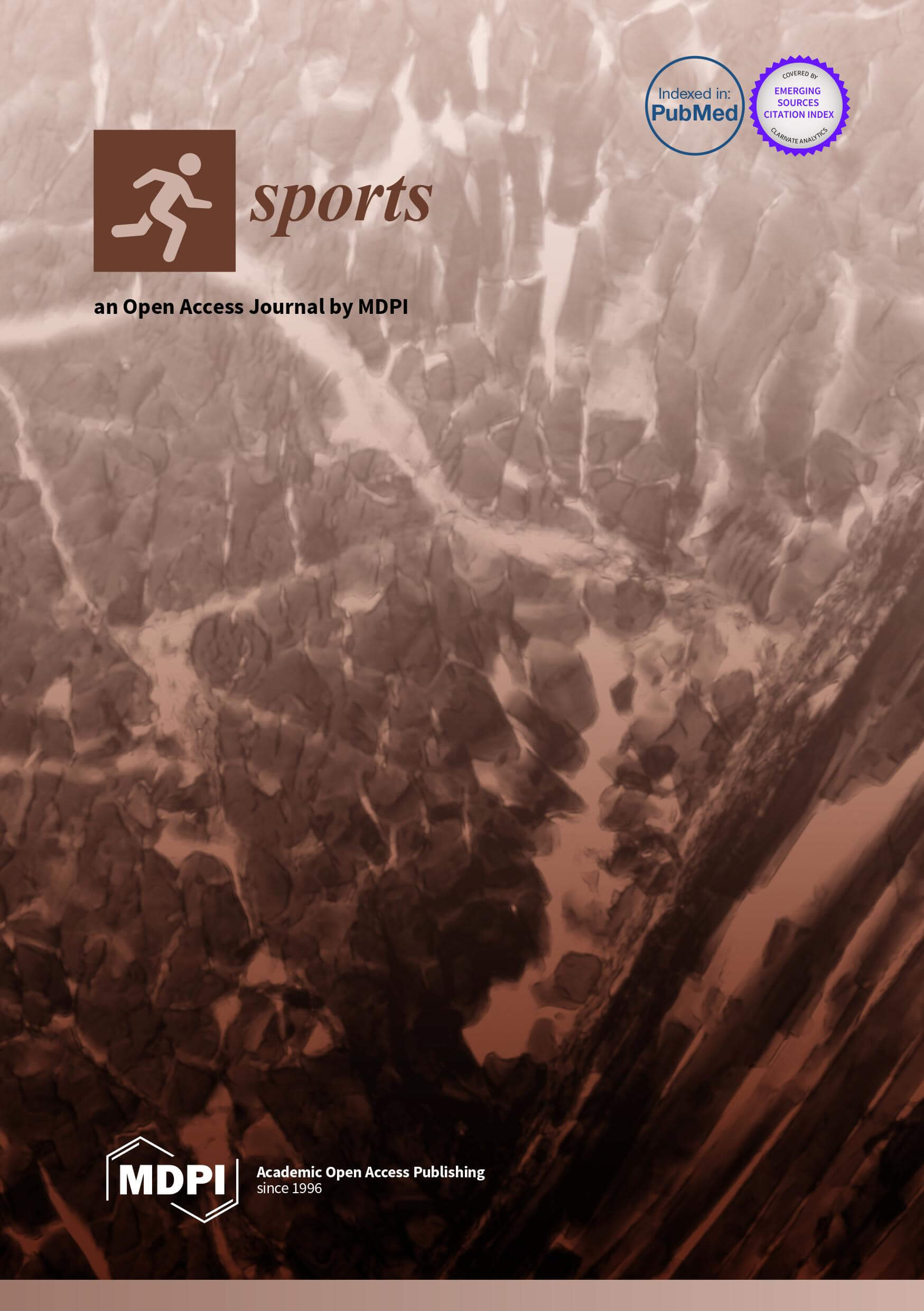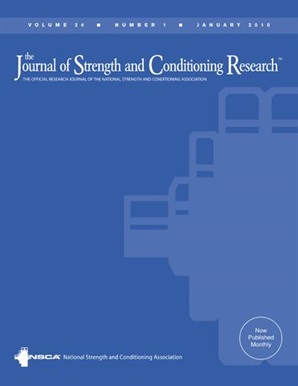DIS-TANZ DIARY #26
OVERTRAINING
Aug 17, 2021 in DIS-TANZ-SOLO

We all like to train to get better at what we do. For some reason, this is something that is in the DNA of all dancers and athletes. Now if we don’t see the expected results even after weeks of training, if our performance stagnates or even declines, it may be because we are undertraining and simply not pushing ourselves hard enough, but it may also be that we are overreaching or overtraining.
Failure to progress in training can usually be traced back to one of these three issues…. the sooner we recognize them, the sooner we can remedy them and get back to performing at our best.
I’m sure most of us can sense most readily when we’re not training hard enough, so I’d like to get right into the topic of overtraining, or what is sometimes called unexplained underperformance syndrome.











